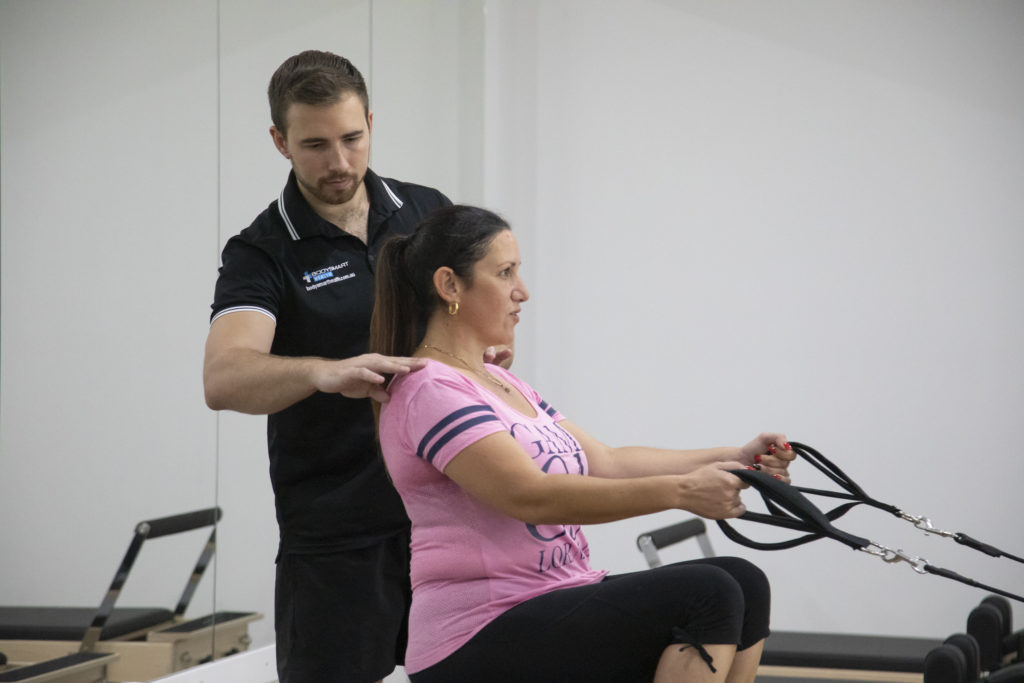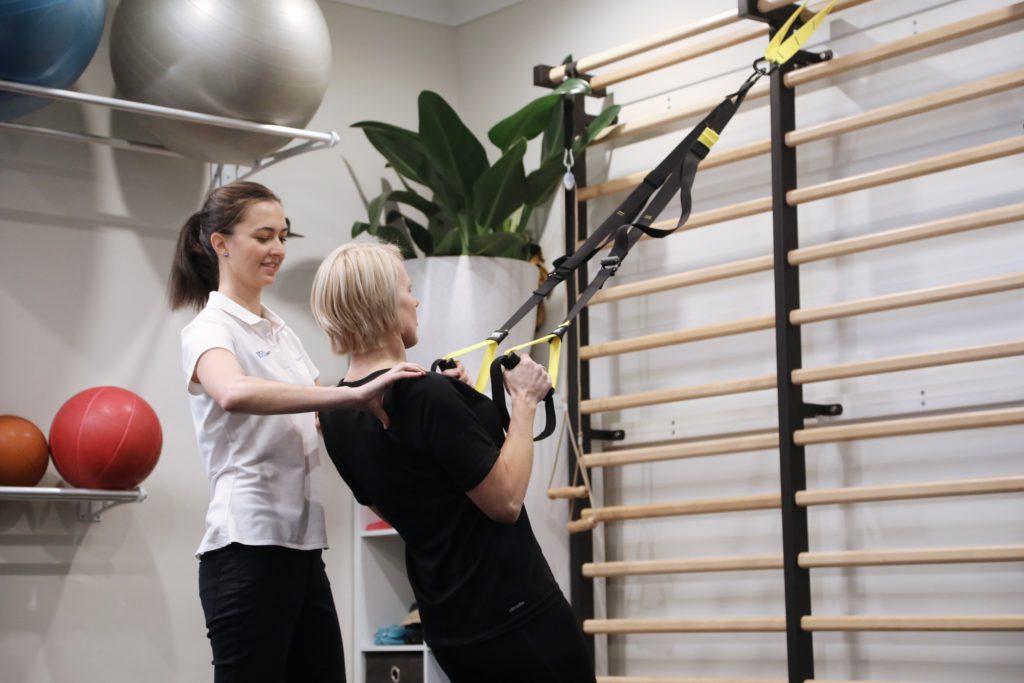
How to control weight gain during menopause
Why do we gain weight during menopause? Menopause refers to the final menstrual period a woman will experience and marks the end of a woman’s reproductive life. Most women experience menopause around the age of 50 with peri-menopausal signs and symptoms starting 5-10 years before their final period. One of the main concerns for women throughout peri-menopause to post-menopause is weight gain. So why is it that mid-life women experience this change in body shape? Why is it that younger women tend to store fat around their hips and thighs compared to peri-post menopausal women who store fat more around their abdomen? Why is it that the lifestyle routine you once swore by (eating a healthy diet and completing quality exercise regularly) suddenly doesn’t work anymore?
Although we would like to solely blame this weight gain on menopause and the inevitable loss of oestrogen and progesterone that is associated with menopause, the reasons are probably more related to the natural aging process rather than menopause itself.
As both men and women age, we naturally lose the amount of muscle (lean mass) in our body. Regardless of how much exercise we did as young adults or how much exercise we do as we age, there is nothing that can be done to completely stop this decline in muscle mass. What we can very successfully do however is slow down the muscle wasting process to help maintain a healthy metabolism and store less fat. Research has shown that muscle mass is an integral component to the metabolism of macronutrients, meaning the more muscle mass we have then the better we utilise fats 2.
When it comes to maintaining muscle mass following menopause, it may be easier said than done – but it’s definitely not impossible!

There is a small amount of research to suggest that two of the hormones responsible for maintaining a healthy level of muscle mass (DHEA and Growth Hormone) decline during menopause and result in excess fat storage around the abdomen 3. This decline in production of DHEA and GH makes it harder (but not impossible) for post-menopausal women to build and maintain muscle mass, however this does not mean peri-menopausal and post-menopausal women should stop trying – rather let’s up the ante and show menopause who is boss!
What does this mean and what exercise is best?
It is highly likely that the healthy diet and exercise routine you once swore by isn’t working anymore and regardless of all that healthy eating, walking, cycling and/or general physical activity you are doing, it simply isn’t the right regime for you anymore. As we age, in order to maintain healthy muscle mass, bone density and a healthy body weight then we need to provide different stressors to our bodies and perform novel/new movements.
During menopause, if you continue to eat as you always have and don’t increase your physical activity levels to target muscle mass, you’re likely to gain weight.
With regards to exercise, in order for peri and post-menopausal women to maintain a healthy level of muscle mass, it is important to gradually increase the amount of resistance-based exercise performed. This includes lifting weights, completing exercise with resistance bands and completing body weight exercises regularly. Given that we are fighting the aging process and the inevitable likelihood of muscle wasting, it is unreasonable to believe that this type of exercise will cause you to ‘bulk up’ like a bodybuilder. Rather, if you are completing the correct resistance training exercises you will maintain a healthy level of muscle mass, improve muscle strength, improve bone density, improve mobility, reduce the risk of falling and reduce the risk of developing a vast number of chronic health conditions.
What are the risks associated with increased weight gain after menopause?
Research has shown that the distribution of fat mass changes after menopause. Post-menopausal women are more likely to store fat around their abdomen (known as android fat distribution) compared to pre-menopause where women are more likely to store fat around their hips and thighs (gynoid fat distribution). The risks associated with an android fat distribution and storing more fat around vital organs are highly researched and include 4:
– Heart diseases including heart attack, heart failure and stroke
– High cholesterol
– High blood sugar and increased risk of diabetes
– Respiratory diseases and breathing difficulties
– Increased risk of over 10 types of cancer
– Kidney disease
– Reduced sexual function
– Poor quality of life
Where to from here?
It is important to remember that any small change to your diet or increase in exercise levels is better than doing nothing, achieving Australian Dietary and Australian Physical Activity and Sedentary Behaviour Guidelines are better than making a small change, and receiving individualised advise from university qualified health experts is better than simply achieving generic national dietary and exercise guidelines 5 6.

Remember, when it comes to your health post-menopause, it is recommended that you seek individualised advice from dieticians, accredited exercise physiologists or physiotherapists who have experience in exercise prescription. Your health needs are different from the person next to you and as such what works for them may not be appropriate for you.
Talk to your GP about possible Medicare subsidies available for consultations with Body Smart Health dieticians, exercise physiologists and physiotherapists, and discuss with your private health insurance about what allied health therapies you may be covered for.
References:
1. What is menopause? – Australasian Menopause Society. https://www.menopause.org.au/hp/information-sheets/185-what-is-menopause.
2. Welch, A. A., Hayhoe, R. P. G. & Cameron, D. The relationships between sarcopenic skeletal muscle loss during ageing and macronutrient metabolism, obesity and onset of diabetes. Proc. Nutr. Soc. 1–12 (2019).
3. Maltais, M. L., Desroches, J. & Dionne, I. J. Changes in muscle mass and strength after menopause. J. Musculoskelet. Neuronal Interact. 9, 186–197 (2009).
4. Davis, S. R. et al. Understanding weight gain at menopause. Climacteric 15, 419–429 (2012).
5. Australian Government Department of Health. Population Health Division. Australia’s Physical Activity and Sedentary Behaviour Guidelines and the Australian 24-Hour Movement Guidelines. (2014). 6. Cox, O. Australian Dietary Guidelines 1 – 5 | Eat For Health. https://www.eatforhealth.gov.au/guidelines/australian-dietary-guidelines-1-5.